- Resetting the myofascia tensional network
- Maximising the growth and developmental potential of a child affected by Cerebral Palsy
Resetting the myofascia tensional network
The greater muscular imbalance the child has, the more severe his disorder of postures and movements are. In order to improve the Cerebral Palsy child’s postures and movements, we will need to reduce his muscular imbalance. In other words, we need to remodel the myofascia tensional network such that it would be able to integrate the local muscular imbalance into the global myofascia tensional network once again. This is what we call “re-setting the myofascia tensional network”.
A healthy individual can reset his muscular imbalance himself either by massage or exercise, or by myofascia release if the imbalance is moderate. The muscular imbalance of the child affected by Cerebral Palsy is a lot more severe and the child has a much greater challenge of self-resetting the system. The child needs the external mechanical stimulation delivered in tensional uniformity to remodel his myofascia tensional network. Such remodelling is possible. Studies have shown that re-modelling of fascia occurs at a repetitive strain of 1 to 2 %.
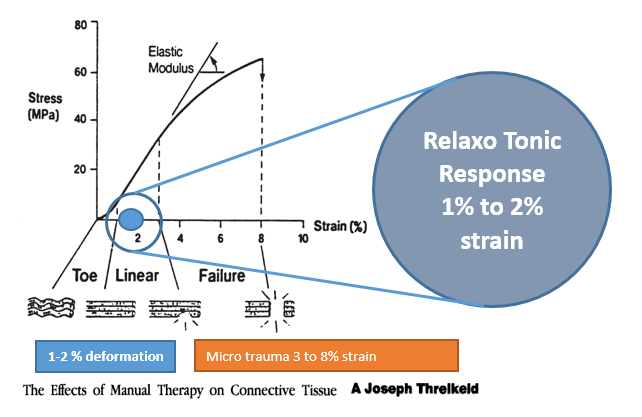
Any strain above 3% results in micro trauma or damage of tissues. The window of opportunity for fascia re-modelling is therefore very narrow. The response produced is called “relaxo-Tonic Response” and it relaxes the strong elements as well as strengthens the weak elements. It is this response that remodels the myofascia tensional network such that it is able to re-distribute local muscular imbalance and integrate the imbalance into the entire network.
Maximising the growth and developmental potential of a child affected by Cerebral Palsy
Our Cerebral Palsy children are not broken machines that need to be fixed. They are capable of growing and developing in the same way their healthy peers do. The only difference is their much reduced energy resource available for growth and development. This is because of their below-par metabolism that is unable to increase energy supply sufficiently while their excessive reliance on muscles and brain for daily activities uses a high level of energy. As a result, the child affected by Cerebral Palsy typically has very little, or even negative, energy resources left for growth and development. In order to increase the energy available for growth and development, first and foremost, we need to find a way to improve metabolism via the respiratory performance. At the same time, we want to cut down on the daily need of metabolic energy for daily activities by switching from excessive use of muscles and brain for postures and movements, to reliance on a healthy myofascia tensional network.
There is vast difference in respiratory performance in both a healthy child and child with Cerebral Palsy: We want to improve the respiratory performance of the CP child towards that of a healthy child.
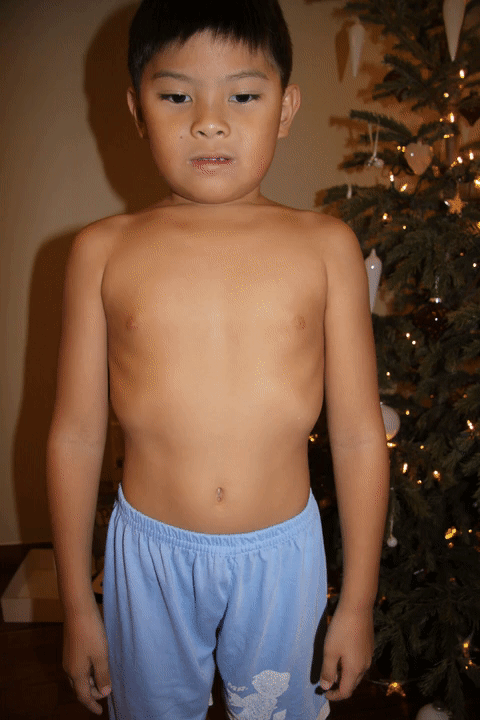
Characteristics of a healthy child’s respiratory
- Full expansion and contraction of ribcage
- Upwards and downwards movement of diaphragm
- Space between the ribs
- Individual mobility of the ribs
- No distortion of ribcage and manubrium
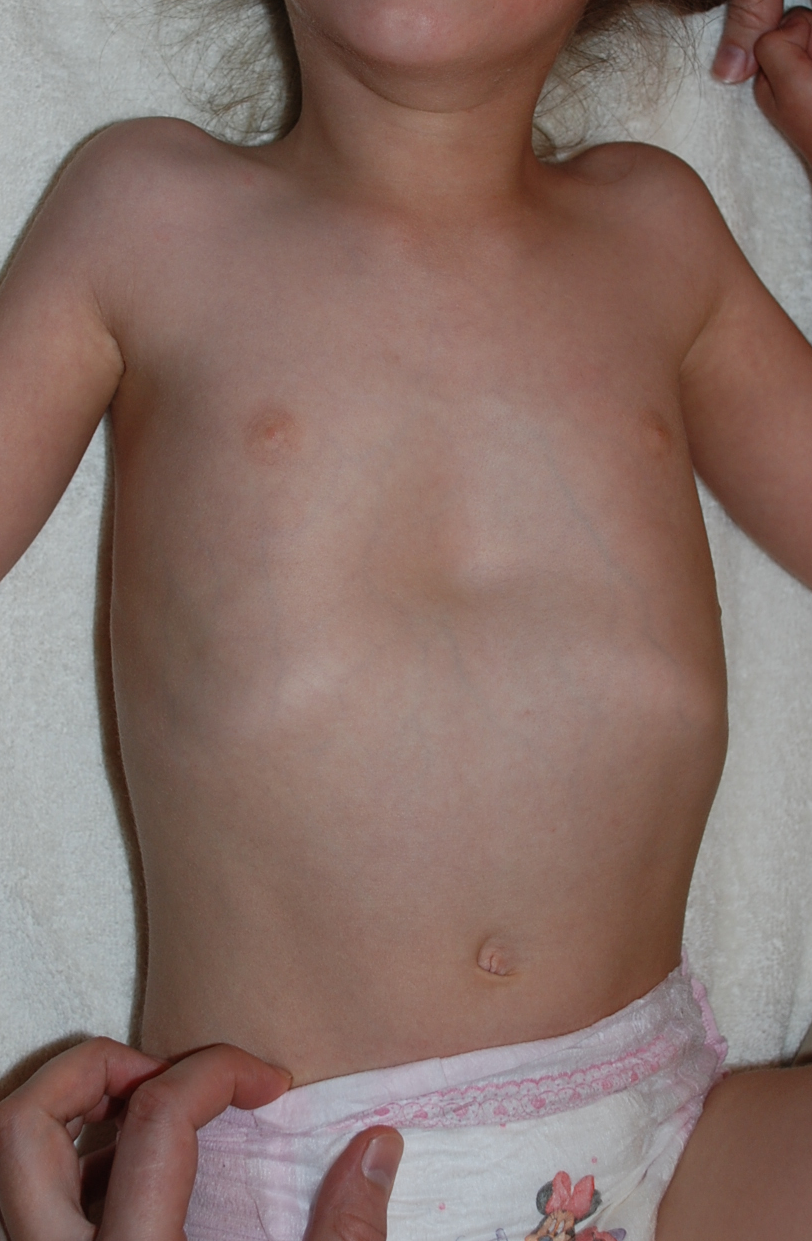
Characteristics of a CP child’s respiratory performance:
- No movement of ribcage
- No upwards and downwards movement of diaphragm
- Ribs are merged together
- Immobility of the ribs
- Easily depressible chest, depressed sternum
- Outwards spread of the lower ribs
- Bulge of diaphragm and abdomen
To reduce the daily consumption of energy, we also want to reduce the muscular effort that the child needs for postures and movements.
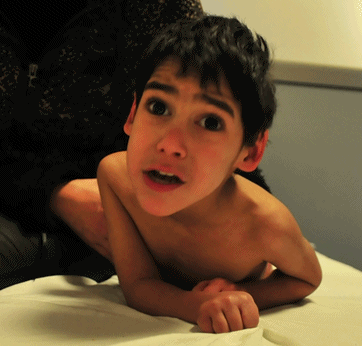
Maintain position with excessive muscular efforts and focus
- Use lots of muscular efforts
- Needs lots of focus and attention
- Limited positioning in terms of angles of stability
- Limited ability for doing other activities
- High rigidity and tension is observed throughout
- Face show great anxiety and concerns
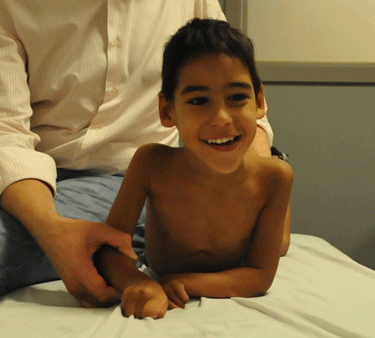
Maintain position with little muscular efforts and focus:
- Use much reduced muscular efforts
- Rely more on auto-pilot mode of operation
- Wide range of angles of stability
- Able todo a range of other ability such as social interaction, checking out the surrounding
- Much more relaxed state of mind and body
- Face shows joy and happiness



